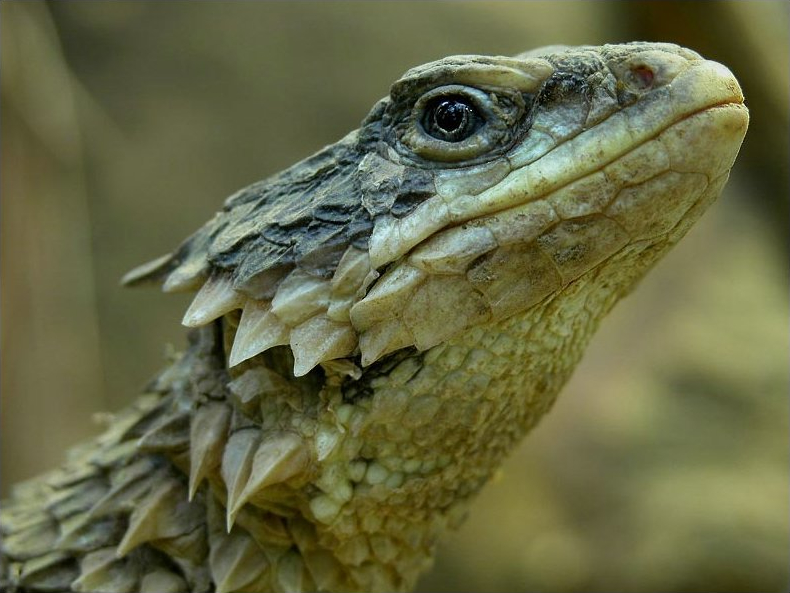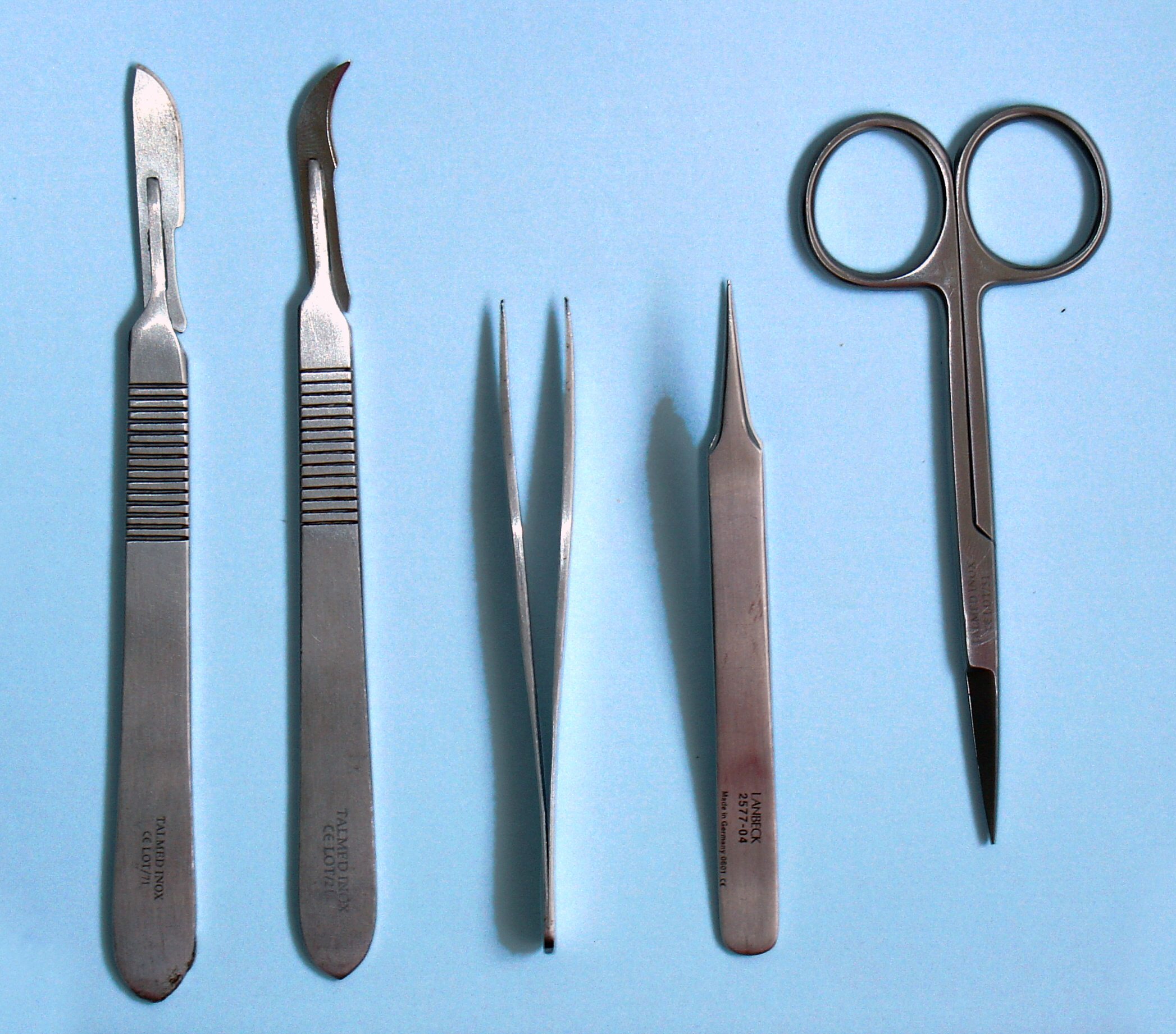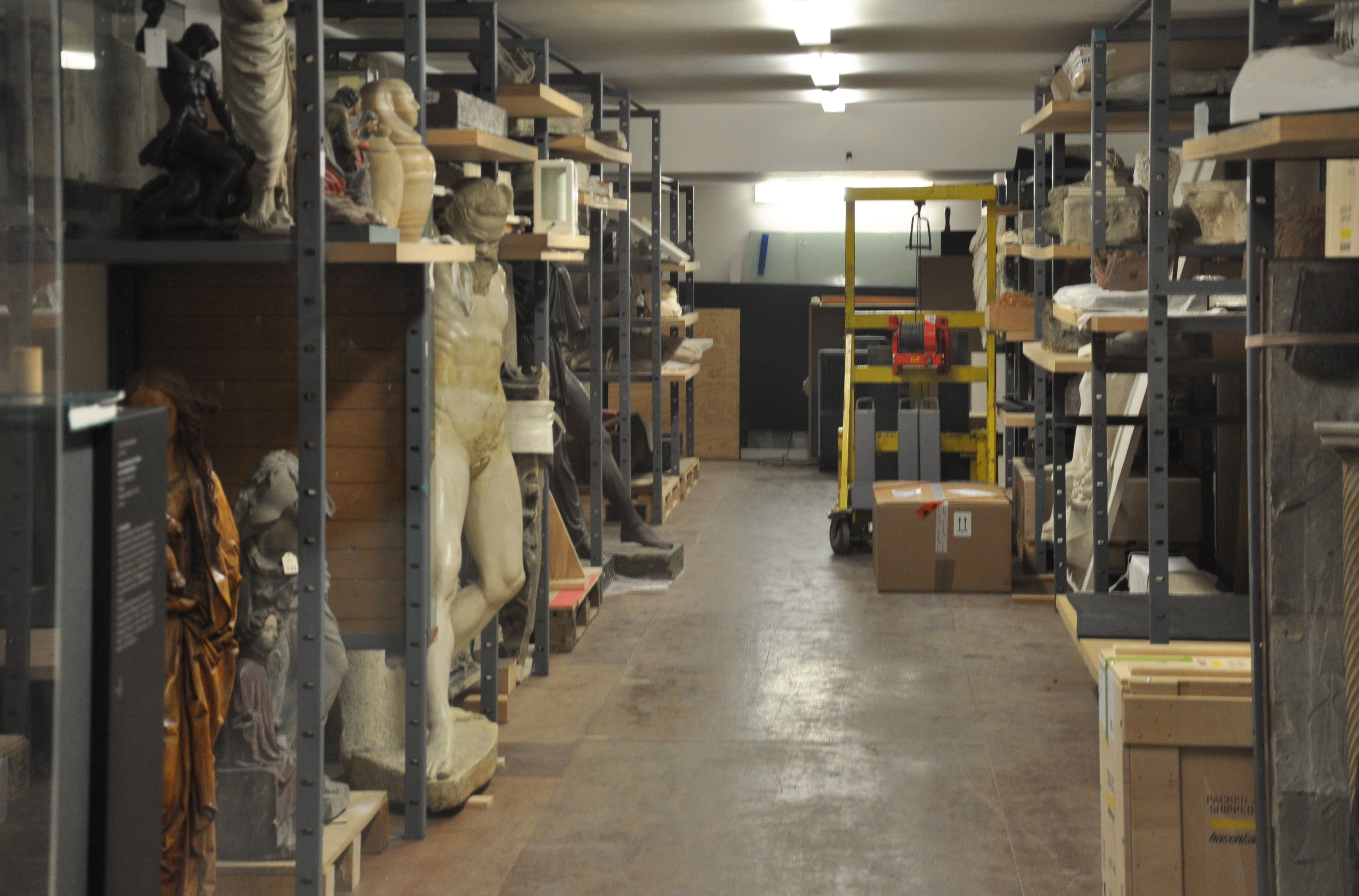|
John Talbot Robinson
John Talbot Robinson FRSSAf (10 January 1923 – 12 October 2001) was a distinguished South African hominin paleontologist. His most famous discovery (with Robert Broom) was the nearly complete fossil skull of the hominin species '' Australopithecus africanus'', known as Mrs. Ples. Education and career Robinson was born in Elliot, South Africa to Theodore Clement Robinson and Florence Harriett Robinson (née Selby), both descendants of the British 1820 Settlers. He attended the University of Cape Town where he obtained a BSc in zoology and bacteriology in 1943 and an MSc (zoology) in 1944, with a thesis on the giant girdled lizard ('' Cordylus giganteus''). He contributed to two dissection manuals, one on the clawed frog (''Xenopus'') and the other on the spiney dogfish shark ( ''Squalus''). He started his doctorate in marine biology in Cape Town and even went so far as to publish descriptions of new diatoms and copepods but he interrupted it by moving to the Transvaal M ... [...More Info...] [...Related Items...] OR: [Wikipedia] [Google] [Baidu] |
Elliot, Eastern Cape
Elliot, officially known as Khowa, is a town in Chris Hani District Municipality in the Eastern Cape province of South Africa, and lies 80 km south-west of Maclear and 65 km south-east of Barkly East Barkly East is a town in Eastern Cape Province, South Africa, seat of the Joe Gqabi District Municipality, and 117 km by road E.S.E. of Aliwal North, lying in the mountainous area just south of Lesotho. The town lies at the southern tip of t ... on the R56 road. History Originally the village was established in 1885 and known as Slang River, and in April 1894 was renamed Elliot, becoming a municipality in 1911. Named after Sir Henry George Elliot (1826-1912), Chief Magistrate of the Transkeian territories from 1891 to 1902. It was renamed Khowa in 2017. People born in Khowa * Mark Andrews (rugby player) * Os du Randt (rugby player) References Populated places in the Sakhisizwe Local Municipality {{EasternCape-geo-stub ... [...More Info...] [...Related Items...] OR: [Wikipedia] [Google] [Baidu] |
Dissection
Dissection (from Latin ' "to cut to pieces"; also called anatomization) is the dismembering of the body of a deceased animal or plant to study its anatomical structure. Autopsy is used in pathology and forensic medicine to determine the cause of death in humans. Less extensive dissection of plants and smaller animals preserved in a formaldehyde solution is typically carried out or demonstrated in biology and natural science classes in middle school and high school, while extensive dissections of cadavers of adults and children, both fresh and preserved are carried out by medical students in medical schools as a part of the teaching in subjects such as anatomy, pathology and forensic medicine. Consequently, dissection is typically conducted in a morgue or in an anatomy lab. Dissection has been used for centuries to explore anatomy. Objections to the use of cadavers have led to the use of alternatives including virtual dissection of computer models. Overview Plant and animal b ... [...More Info...] [...Related Items...] OR: [Wikipedia] [Google] [Baidu] |
Australopithecus Sediba
''Australopithecus sediba'' is an extinct species of australopithecine recovered from Malapa Cave, Cradle of Humankind, South Africa. It is known from a partial juvenile skeleton, the holotype MH1, and a partial adult female skeleton, the paratype MH2. They date to about 1.98 million years ago in the Early Pleistocene, and coexisted with ''Paranthropus robustus'' and ''Homo ergaster'' / ''Homo erectus''. Malapa is interpreted as having been a natural death trap, the base of a long vertical shaft which creatures could accidentally fall into. ''A. sediba'' was initially described as being a potential human ancestor, and perhaps the progenitor of ''Homo'', but this is contested and it could also represent a late-surviving population or sister species of '' A. africanus'' which had earlier inhabited the area. MH1 has a brain volume of about 420–440 cc, similar to other australopithecines. The face of MH1 is strikingly similar to ''Homo'' instead of other australopithecines, with ... [...More Info...] [...Related Items...] OR: [Wikipedia] [Google] [Baidu] |
Provenance
Provenance (from the French ''provenir'', 'to come from/forth') is the chronology of the ownership, custody or location of a historical object. The term was originally mostly used in relation to works of art but is now used in similar senses in a wide range of fields, including archaeology, paleontology, archives, manuscripts, printed books, the circular economy, and science and computing. The primary purpose of tracing the provenance of an object or entity is normally to provide contextual and circumstantial evidence for its original production or discovery, by establishing, as far as practicable, its later history, especially the sequences of its formal ownership, custody and places of storage. The practice has a particular value in helping Authentication, authenticate objects. Comparative techniques, expert opinions and the results of scientific tests may also be used to these ends, but establishing provenance is essentially a matter of documentation. The term dates to the 1 ... [...More Info...] [...Related Items...] OR: [Wikipedia] [Google] [Baidu] |
Collection Manager
A collection manager ensures the proper care and preservation of objects within cultural institutions such as museums, libraries, and archives. Collection managers, along with registrars, curators, and conservators, play an important role in collections care. Collection Managers and Registrars are two distinct collection roles that are often combined into one within small to mid-size cultural institutions. Collection Managers can be found in large museums and those with a history and natural history focus whose diverse collections require experienced assessment to properly sort, catalog, and store artifacts. A collection manager may oversee the registrar, archivist, curator, photographer, or other collection professionals, and may assume the responsibilities of these roles in their absence within an organization. Differences between collection managers and registrars Collection managers are responsible for the long-term preservation of collections. They oversee the physical care ... [...More Info...] [...Related Items...] OR: [Wikipedia] [Google] [Baidu] |
Moth
Moths are a paraphyletic group of insects that includes all members of the order Lepidoptera that are not butterflies, with moths making up the vast majority of the order. There are thought to be approximately 160,000 species of moth, many of which have yet to be described. Most species of moth are nocturnal, but there are also crepuscular and diurnal species. Differences between butterflies and moths While the butterflies form a monophyletic group, the moths, comprising the rest of the Lepidoptera, do not. Many attempts have been made to group the superfamilies of the Lepidoptera into natural groups, most of which fail because one of the two groups is not monophyletic: Microlepidoptera and Macrolepidoptera, Heterocera and Rhopalocera, Jugatae and Frenatae, Monotrysia and Ditrysia.Scoble, MJ 1995. The Lepidoptera: Form, function and diversity. Oxford, UK: Oxford University Press; 404 p. Although the rules for distinguishing moths from butterflies are not well establishe ... [...More Info...] [...Related Items...] OR: [Wikipedia] [Google] [Baidu] |
Lepidoptera
Lepidoptera ( ) is an order (biology), order of insects that includes butterfly, butterflies and moths (both are called lepidopterans). About 180,000 species of the Lepidoptera are described, in 126 Family (biology), families and 46 Taxonomic rank, superfamilies, 10 percent of the total described species of living organisms. It is one of the most widespread and widely recognizable insect orders in the world. The Lepidoptera show many variations of the basic body structure that have evolved to gain advantages in lifestyle and distribution. Recent estimates suggest the order may have more species than earlier thought, and is among the four most wikt:speciose, speciose orders, along with the Hymenoptera, fly, Diptera, and beetle, Coleoptera. Lepidopteran species are characterized by more than three derived features. The most apparent is the presence of scale (anatomy), scales that cover the torso, bodies, wings, and a proboscis. The scales are modified, flattened "hairs", and give ... [...More Info...] [...Related Items...] OR: [Wikipedia] [Google] [Baidu] |
Anthonie Johannes Theodorus Janse
Dr Anthonie Johannes Theodorus Janse, also known as Antonius Johannes Theodorus Janse and by other orthographic variations, was a pioneer of South African entomology who specialised in Lepidoptera. His multi-volumed work, ''The Moths of South Africa'' is recognized as a definitive text. Life and career Janse was born in the Hague, Netherlands in 1877 to Antonie Johannes Janse and his wife Willemina Broekhuisen. He migrated to South Africa in 1889 and taught as a missionary in schools in northern Transvaal Waterval (Nuwe Smitsdorp). He was interned at Pinetown during the Second Boer War. He worked as a photographer in Pietersburg. He taught biology, geography, and human physiology at Normal College, Pretoria, from 1905 until his retirement in 1937. He was in charge of the Normal College Herbarium. Initially he worked under primitive conditions collecting on foot or by donkey cart. He was widely respected as an authority on South African moths and was a botanist, collecting alon ... [...More Info...] [...Related Items...] OR: [Wikipedia] [Google] [Baidu] |
Pretoria
Pretoria () is South Africa's administrative capital, serving as the seat of the Executive (government), executive branch of government, and as the host to all foreign embassies to South Africa. Pretoria straddles the Apies River and extends eastward into the foothills of the Magaliesberg mountains. It has a reputation as an academic city and center of research, being home to the Tshwane University of Technology (TUT), the University of Pretoria (UP), the University of South Africa (UNISA), the Council for Scientific and Industrial Research (CSIR), and the Human Sciences Research Council. It also hosts the National Research Foundation (South Africa), National Research Foundation and the South African Bureau of Standards. Pretoria was one of the host cities of the 2010 FIFA World Cup. Pretoria is the central part of the City of Tshwane Metropolitan Municipality which was formed by the amalgamation of several former local authorities, including Bronkhorstspruit, Centurion, Gaute ... [...More Info...] [...Related Items...] OR: [Wikipedia] [Google] [Baidu] |
Transvaal Museum
The Ditsong National Museum of Natural History, formerly the Transvaal Museum, is a natural history museum situated in Pretoria, South Africa. It is located on Paul Kruger Street, between Visagie and Minnaar Streets, opposite the Pretoria City Hall. The museum was established in 1895 by the former South African Republic, also known as the Transvaal. In 2010 it was one of the founding Museums of Ditsong Museums of South Africa. Collections The museum curates large collections of Plio-Pleistocene fossils, including hominids from Sterkfontein, Swartkrans and Kromdraai in the UNESCO World Heritage Site; the Cradle of Humankind, as well as late Permian therapsids (proto-mammals from the Karoo). The most complete skull of an ''Australopithecus africanus'' specimen, Mrs Ples, is on display in the museum. In addition, the Transvaal museum houses extensive collections of mammals, birds, reptiles, and invertebrates. History It was founded as the ''Staatsmuseum'' (Afrikaans for "State ... [...More Info...] [...Related Items...] OR: [Wikipedia] [Google] [Baidu] |
Copepods
Copepods (; meaning "oar-feet") are a group of small crustaceans found in nearly every freshwater and saltwater habitat. Some species are planktonic (inhabiting sea waters), some are benthic (living on the ocean floor), a number of species have parasitic phases, and some continental species may live in limnoterrestrial habitats and other wet terrestrial places, such as swamps, under leaf fall in wet forests, bogs, springs, ephemeral ponds, and puddles, damp moss, or water-filled recesses (phytotelmata) of plants such as bromeliads and pitcher plants. Many live underground in marine and freshwater caves, sinkholes, or stream beds. Copepods are sometimes used as biodiversity indicators. As with other crustaceans, copepods have a larval form. For copepods, the egg hatches into a nauplius form, with a head and a tail but no true thorax or abdomen. The larva molts several times until it resembles the adult and then, after more molts, achieves adult development. The nauplius form is so ... [...More Info...] [...Related Items...] OR: [Wikipedia] [Google] [Baidu] |
Diatoms
A diatom (New Latin, Neo-Latin ''diatoma''), "a cutting through, a severance", from el, διάτομος, diátomos, "cut in half, divided equally" from el, διατέμνω, diatémno, "to cut in twain". is any member of a large group comprising several Genus, genera of algae, specifically microalgae, found in the oceans, waterways and soils of the world. Living diatoms make up a significant portion of the Earth's Biomass (ecology), biomass: they generate about 20 to 50 percent of the oxygen produced on the planet each year, take in over 6.7 billion metric tons of silicon each year from the waters in which they live, and constitute nearly half of the organic material found in the oceans. The Protist shell, shells of dead diatoms can reach as much as a half-mile (800 m) deep on the ocean floor, and the entire Amazon basin is fertilized annually by 27 million tons of diatom shell dust transported by transatlantic winds from the African Sahara, much of it from the Bodélé Dep ... [...More Info...] [...Related Items...] OR: [Wikipedia] [Google] [Baidu] |


.jpg)





